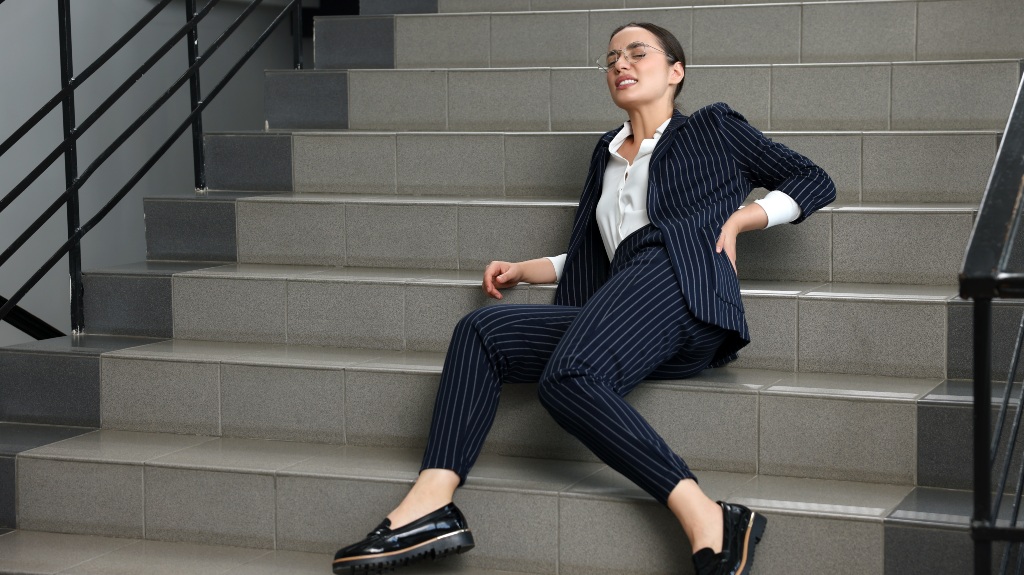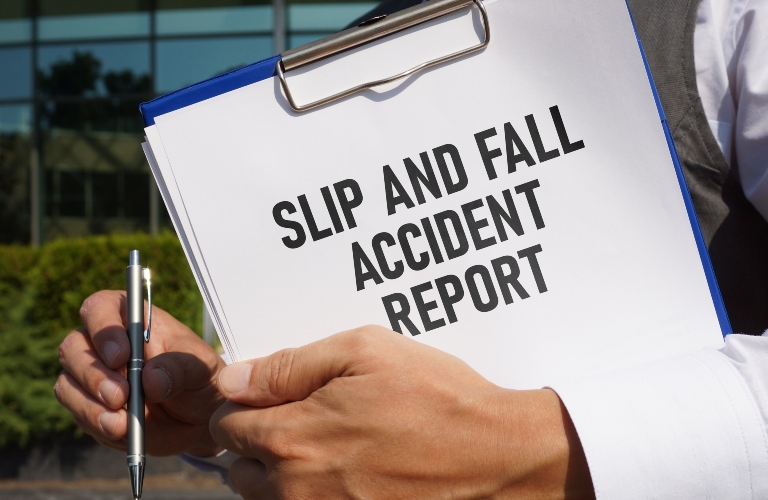
In some cases, a property owner may claim that a person who slipped and fell on their property bears some responsibility for the accident. Contributory negligence can affect liability for a slip-and-fall accident in Illinois, potentially reducing an accident victim’s financial recovery or barring their right to seek compensation.
What Is Contributory Negligence
Contributory negligence refers to the various rules that affect liability in injury cases when an injured party shares some responsibility for the events that led to their injuries. Contributory fault systems bar injured parties from seeking compensation if they bear any share of fault for their injuries. Comparative negligence systems allow injured parties to pursue compensation even if they share some responsibility for causing their injuries; however, any share of fault they bear can proportionately reduce their financial recovery in a personal injury case. Some comparative negligence systems cap the share of fault an injured party may bear, barring claims of those injured persons whose fault exceeds the cap under state law.
Illinois’ Modified Comparative Negligence Rule
Illinois uses a modified comparative negligence rule. Under this rule, a slip-and-fall accident victim can still pursue a legal claim against a property or business owner if they bear a share of fault equal to or less than the share of fault of the property/business owner and other at-fault parties. Thus, an injured slip and fall accident victim can still recover compensation if they have a share of responsibility of 50 percent or less for the accident. However, under Illinois’ modified comparative negligence rule, any share of fault an injured person has for the accident can proportionately reduce their financial recovery in a slip and fall accident claim.
How Comparative Negligence Affects Slip and Fall Cases
Comparative negligence can affect slip and fall cases by reducing an injured person’s compensation or precluding their right to compensation. For example, suppose a jury finds that the injured plaintiff bears 30 percent responsibility for causing their slip and fall accident and awards the plaintiff $100,000 in compensation for the losses they incurred due to their injuries. In that case, the modified comparative negligence rule will reduce the plaintiff’s award by $30,000 to account for their 30 percent share of fault. However, suppose a jury finds the plaintiff bears 60 percent responsibility for the slip and fall accident. In that case, Illinois law requires the court to award the plaintiff nothing as their share of fault exceeds that of the property or business owner.
Proving Liability in an Illinois Slip and Fall Case

Proving liability for a slip and fall accident will require evidence such as:
- Accident scene photos and videos, including photos of the hazard that caused the fall and the presence (or absence) of warning signs
- Surveillance footage
- Eyewitness testimony
- Accident/incident reports
- Maintenance or staffing records
- Accident reconstruction expert reports and testimony.
Defenses to Contributory Negligence Claims
A person who got hurt in a slip and fall accident may defend against a property owner’s claims that they shared some responsibility by raising arguments such as:
- The hazard was not open or obvious
- The injured person used reasonable caution to traverse the hazard
- The person could not have avoided the accident even if they used
- The property owner failed to follow mandatory safety regulations
Contact a Slip and Fall Attorney Today
When you get hurt in a slip-and-fall accident, you need experienced legal guidance to protect your interests if a property owner accuses you of sharing some fault for the accident. Contact Saperstein Law Group today for a free, confidential consultation with a slip-and-fall lawyer to discuss your legal options for maximizing your financial recovery.
